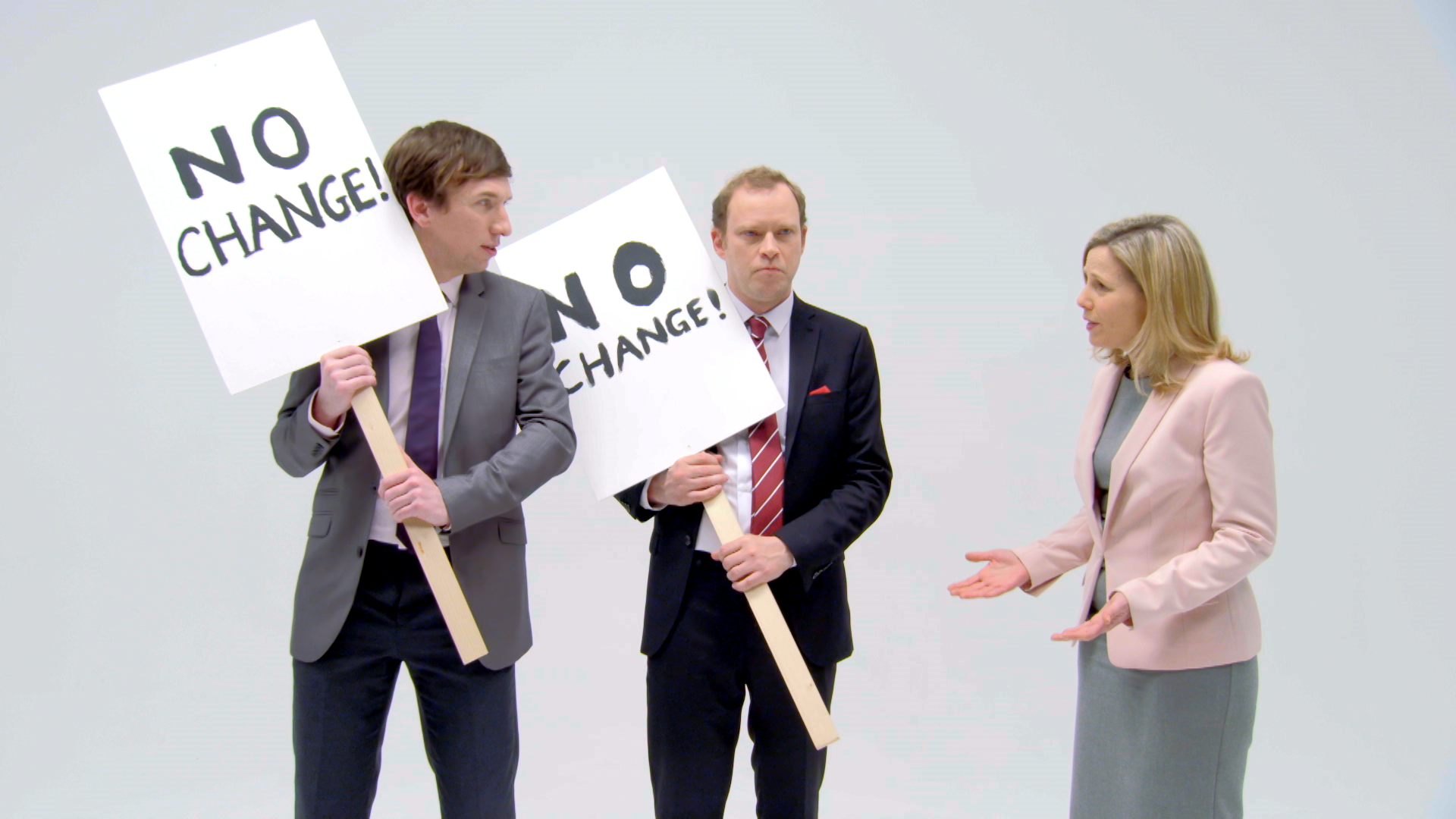Restaurants are competitive, fast-moving and stressful environments and, like New York, if you can make it there, you can make it anywhere. Jamie and Rick could give you chapter and verse on customer service, leadership, motivation and just about any other business issue you care to mention.
So what universal lessons can they offer on change management? Outside of his restaurant businesses, Jamie Oliver helped to transform school dinners from processed, ready-made junk into tastier, more nutritious meals. This involved much more than changing the food. He needed to convince government ministers, head teachers, dinner ladies and thousands of school kids to support his plan. His ‘school dinners campaign’ offers key learning points that can help your organisation deal with change. For example:
- You have to believe in what you’re trying to achieve, and believe that you can do it.
- The initial reactions to any change are often the same. Some will accept it willingly, others will accept it grudgingly and there will always be those who will resist it.
- Careful planning at the outset and determination to achieve the goal are key factors for success.
Rick Stein, like Jamie, has established new restaurants catering for different clientele. His evolving businesses now include four retail shops, 40 guest rooms for accommodation, a leisure facility and a cookery school. The expansion of his operation has necessitated significant changes, including introducing many new processes and procedures, with the ultimate goal of trying to make things simpler and more efficient and to improve the customer experience. Some key lessons that have helped Rick to implement these changes successfully are:
- You have to get people on board, so they know what you’re doing and why you’re doing it. Encourage change champions and ambassadors to serve as role models. They can have a very positive influence on their colleagues.
- You need a genuine justification to pursue any change. If you can’t articulate the rationale of why you need to change, and the benefits that it will bring, in 60 seconds, you’re going to struggle to get others to buy into your plans.
- Involve people in the change process. Listen to their concerns; try to understand and empathise with where they’re coming from. Focus on the possibilities that the change will bring. Hold onto the vision of the business while you work together towards the end goal.
Change is one of the few certainties in organisational life but not everyone is comfortable in managing or championing it. L&D teams in every sector will recognise that there’s a clear demand from employees for training interventions around change management, particularly for those who will take a lead role in change processes. By learning the fundamental principles of how change can be managed – supplemented with case studies on successfully-led change initiatives – individuals can not only become better at implementing change, they can also begin to feel more at ease in the role of a change manager.
As Jamie Oliver and Rick Stein can testify, change doesn’t have to lead to widespread fear and confusion in an organisation. Taking people with you is the key skill and this is essentially the softer side of leadership. Once you get others on board, the process becomes a whole lot easier.




